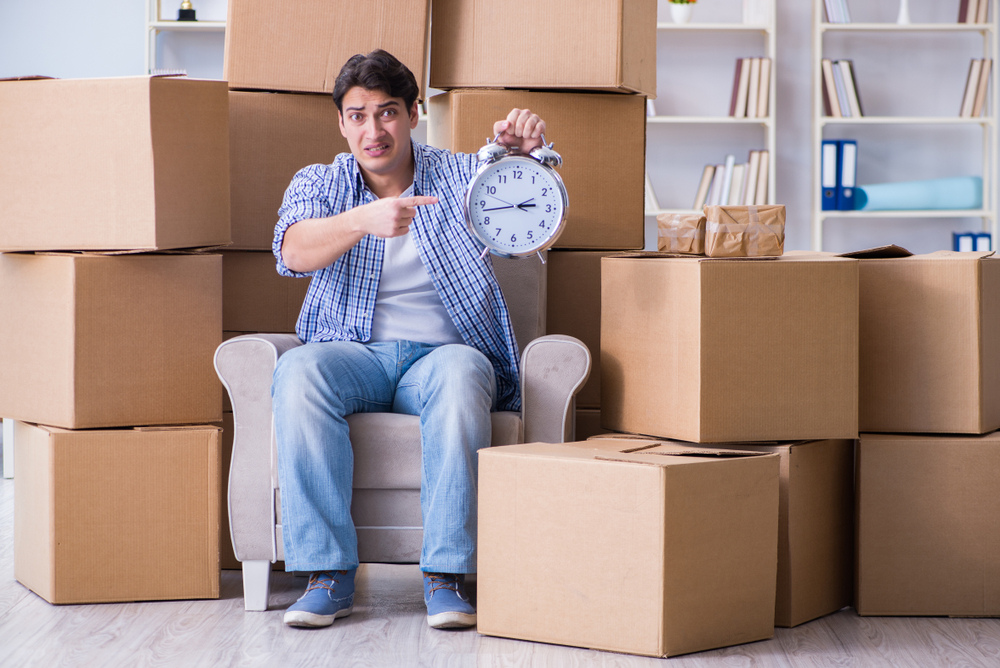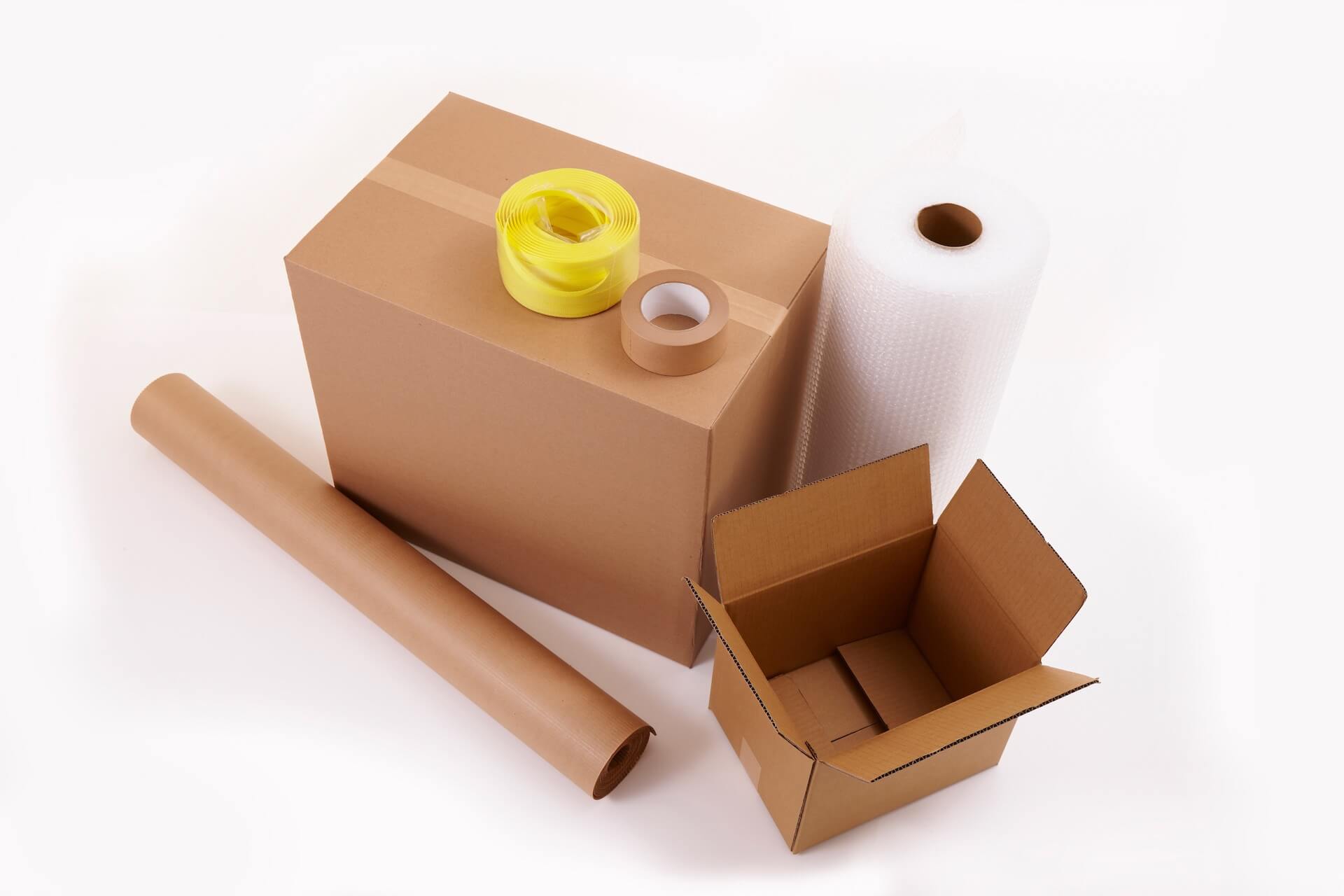

Moving can be a daunting task, with the seemingly endless list of items to pack and protect. Amidst the chaos of relocation, one often-overlooked hero emerges – packing wrapping paper. Mastering the art of using packing paper for moving is a skill that can streamline the process, ensuring that your cherished possessions arrive at the destination unscathed and well-organized. In this guide, we’ll explore household packing tips, tricks, and techniques to make your next international move smoother and more efficient
Packaging paper is praised for its affordability, flexibility, and eco-friendliness compared to plastic materials. Different paper types cater to varying item sensitivities, with acid-free paper ideal for valuables. Specialized papers like tissue, foam sheets, and bubble wrap enhance fragile item protection. Efficient packaging techniques, safety precautions, and organized storage are essential for a successful move, while alternative materials like bubble wrap and blankets are viable options for specific packaging needs.
Why Choose Packing Paper?
When embarking on the journey of moving internationally, selecting the right packaging materials is crucial to ensure the safety of your belongings. Wrapping paper for moving stands out as an excellent choice for several compelling reasons. Not only is it a cost-effective solution, but its flexibility and protective qualities make it an indispensable asset in the process of moving abroad.
The Advantages of Packaging Paper Over Other Materials
Packaging paper boasts a multitude of advantages that set it apart from alternative materials like bubble wrap and newspapers. Firstly, affordability is a significant factor. While bubble wrap can be pricey, and newspapers may leave ink stains on items, packaging paper offers a cost-effective option that is gentle on the moving budget. Its flexibility is another standout feature. Unlike rigid bubble wrap, it can be easily folded, crumpled, or molded to fit around various items, making it versatile for wrapping irregularly shaped objects.
One of the most significant relocation benefits of using paper is its excellent protection. It provides a cushioning layer that safeguards fragile items from shocks and impacts during transit. Unlike newspapers, which can compress over time and lose their protective qualities, paper packaging maintains its integrity, ensuring your belongings arrive intact.
Environmental Benefits of Using Wrapping Paper
In an era of growing environmental consciousness, choosing packaging paper for an overseas move not only benefits packed belongings but also the planet. Compared to plastic-based materials like bubble wrap, paper is a more eco-friendly packing option. Its environmental advantages stem from the fact that it is biodegradable and recyclable.
Bubble wrap, on the other hand, is typically made from non-biodegradable plastic, contributing to long-lasting pollution and harm to wildlife when not disposed of properly. By opting for packaging paper, you can significantly reduce your ecological footprint during the moving process. Additionally, packaging paper can often be sourced from recycled materials, further reducing its environmental impact.

Types of Packing Paper and Their Uses
When it comes to packing for moving, not all packaging papers are created equal. Understanding the different packing paper types and their specific uses is essential to ensure safe and efficient packing.
Understanding Different Varieties of Packaging Paper
We will now explore various types of packaging paper and provide insights into the best applications for each based on item sensitivity and weight. Let’s take a look at them:
- Kraft paper – A durable and sturdy option often used in wrapping. Its brown color and thickness make it ideal for wrapping items that are not particularly sensitive to ink or color transfer. It’s a great paper for packing dishes, heavier items like thick books, and small appliances, providing a protective buffer against scratches and minor impacts.
- Newsprint – Made from recycled newspaper, it is one of the sustainable moving solutions. However, it is important to note that the ink from newsprint can transfer onto items, making it unsuitable for delicate or light-colored objects. Newsprint is best employed for wrapping items with a moderate level of sensitivity, such as kitchenware, linens, and non-fragile decor.
- Acid-free packaging paper – The premium choice for protecting sensitive and valuable items, such as artwork, antiques, and collectibles. It is specially designed to prevent acid migration, which can cause yellowing and deterioration of items over time. This type is also free from ink or dyes, ensuring that it won’t harm delicate surfaces or transfer color.
Specialized Packaging Papers for Fragile Items
In the realm of packaging materials, there exists a category of specialized papers tailored to the unique needs of fragile items. These papers are designed to provide an extra layer of protection and care for delicate possessions that require additional safeguarding during a move. Examples of such specialized papers include packing tissue paper, foam sheets, and bubble wrap.
Tissue paper or glass wrapping paper, characterized by its thin and delicate texture, is a go-to choice for wrapping fragile items like fine china, glassware, and porcelain figurines. Its lightweight nature ensures it won’t add unnecessary bulk while still offering a gentle cushioning effect to prevent scratches and chips during transit.
Foam sheets, on the other hand, serve as a robust option for shielding electronics, sensitive equipment, and delicate glass surfaces. These sheets provide a dense, shock-absorbing layer that effectively minimizes the risk of damage caused by bumps and vibrations during the move.
Bubble wrap, although not strictly a paper, is highly effective for protecting fragile items. It consists of air-filled bubbles that create a resilient barrier capable of absorbing impacts, making it an ideal choice for items like glass tabletops, electronics, and delicate collectibles.
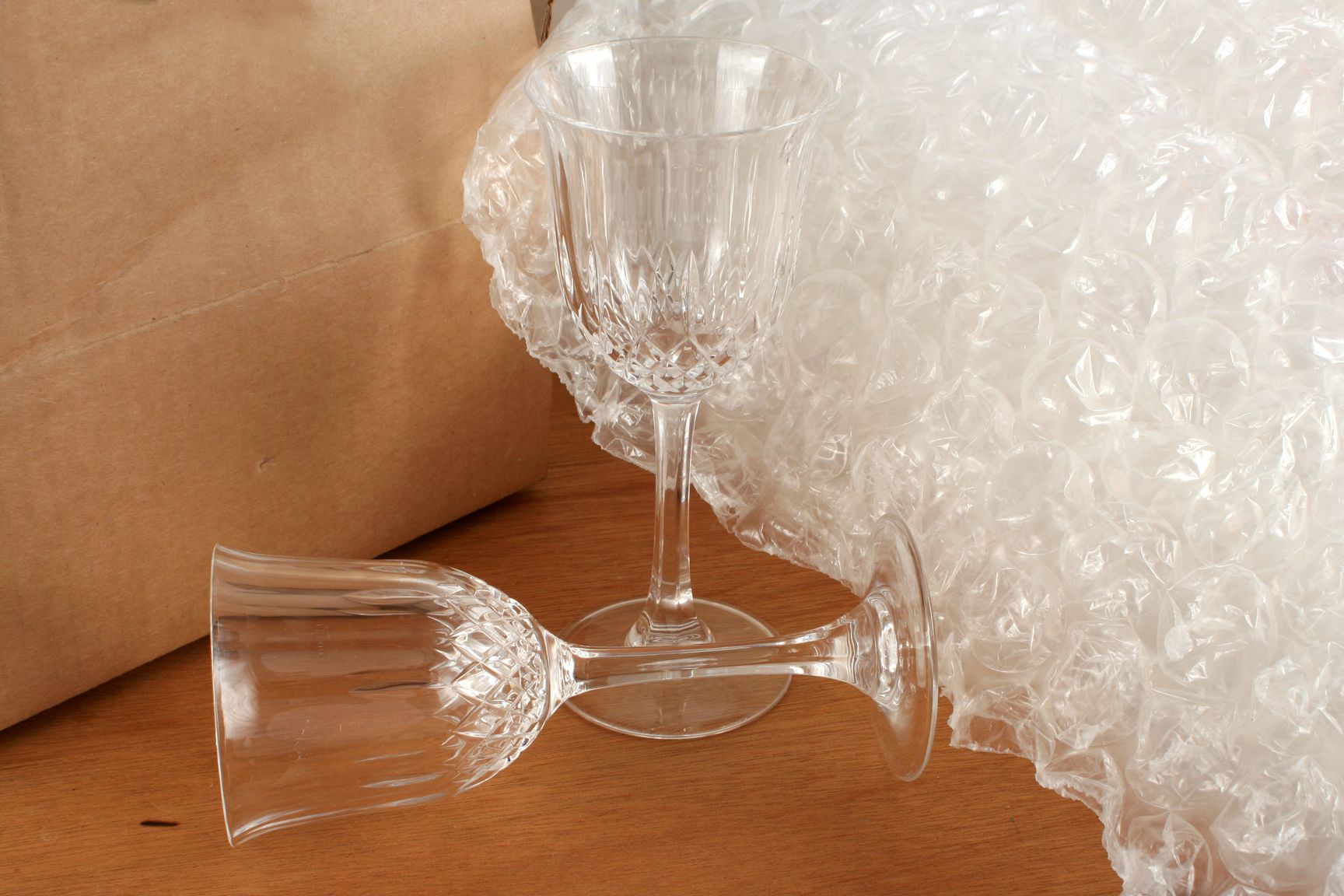
Packing Techniques and Tips for Using Packaging Paper
Efficient packaging techniques can make a significant difference in ensuring the safety of your belongings during a move. Let’s check out various wrapping techniques and moving tips.
Basic Wrapping Techniques for General Items
When wrapping common household items, start by laying out a sheet of packaging paper on a flat surface. Place the item in the center and fold the sides of the paper over it, tucking in the excess at the ends. Secure the bundle with tape, ensuring it’s snug but not overly tight to prevent damage.
For fragile items like dishes or glassware, wrap each piece individually before placing them in boxes. Use crumpled paper to fill any gaps, providing extra cushioning. Label the boxes to indicate their contents and fragility, making unpacking a breeze
Advanced Wrapping Techniques for Fragile and Valuable Items
Delicate items like glassware, artwork, and antiques require special attention. For glassware, wrap each piece in several layers of paper, focusing on the vulnerable areas like stems and handles. Place them in sturdy boxes with dividers to prevent contact.
Artwork and antiques should be wrapped in acid-free paper, ensuring no ink transfer or damage. For framed art, add cardboard or foam board for extra protection. Label these boxes as fragile and consider custom crates for valuable or irreplaceable pieces. Remember to keep these boxes upright during the relocation to avoid any potential damage.
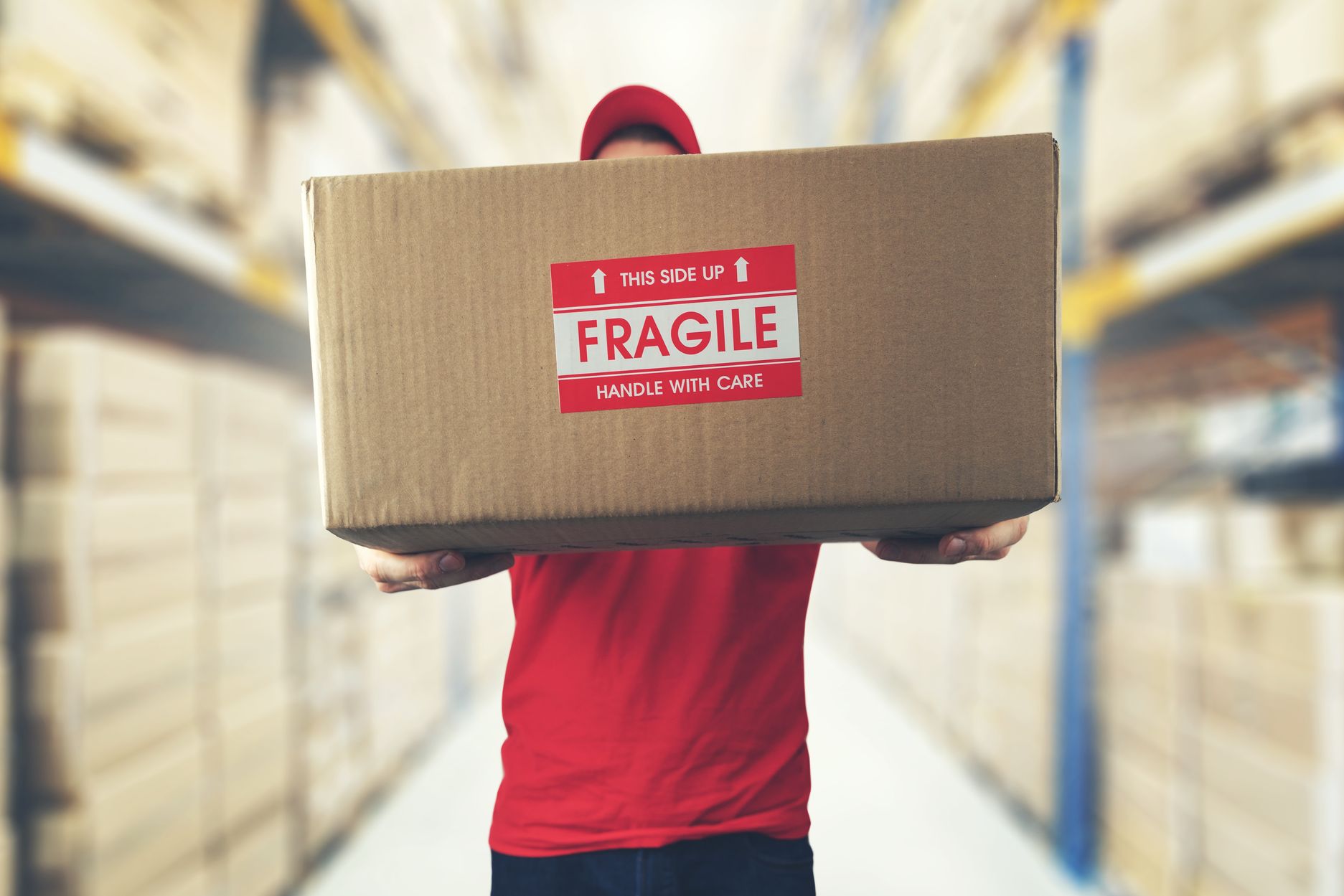
Maximizing Efficiency with Packaging Paper
Efficiency is key when it comes to a successful move, and packaging paper can be a valuable tool to streamline the process and make the move easier. Here’s how to make the most of the packaging paper to ensure a smooth and efficient relocation.
Estimating How Much Packing Paper You Need
To avoid running out of packaging paper or having too much left over, it’s essential to estimate needs accurately. Start by assessing the quantity and type of items you’ll be wrapping. A general rule of thumb is to budget around 10-20 sheets of paper per medium-sized box. However, fragile or larger items may require more. Consider investing in a little extra, as it’s better to have too much than too little. Avoid wastage by reusing materials for similar items or recycling them after the relocation.
Organizing and Streamlining Packaging Process
Organizing packing process efficiently can save you time and reduce relocation stress. Use packaging paper to wrap and cushion items, and be diligent about labeling boxes with their contents and destination rooms. Create an inventory list to keep track of items, making it easier to unpack later. Color-coding or numbering boxes can further enhance relocation organization. Pack essential items first, so you’re not scrambling to find necessities upon arrival.
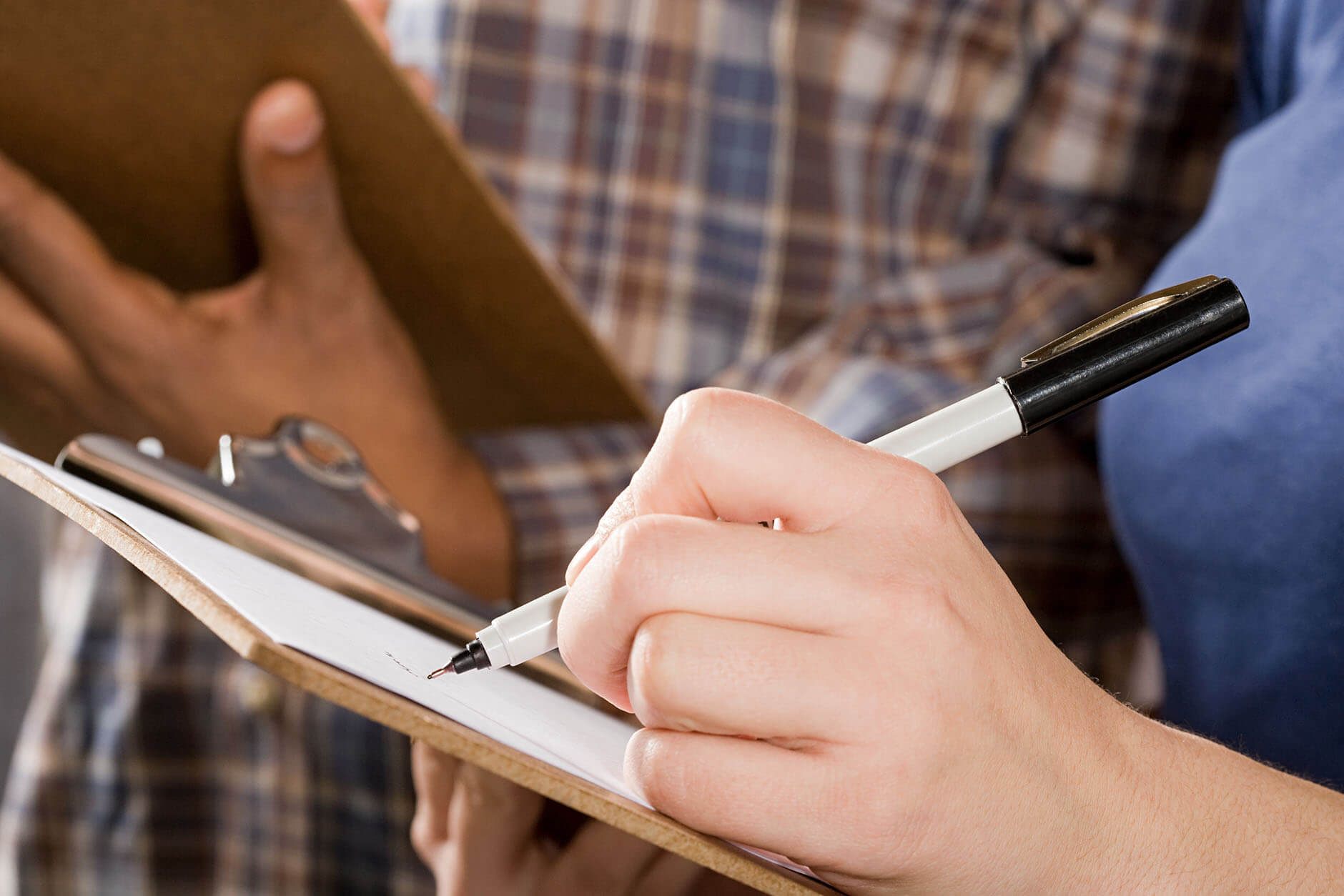
Safety and Storage Considerations
Ensuring a safe move for both belongings and yourself is paramount. As always, we bring several tips to help you with that.
Safety Tips When Handling and Packing with Paper
Handling and wrapping with paper may seem straightforward, but it’s crucial to follow safety guidelines.When wrapping items, be mindful of sharp or fragile edges that could cause paper cuts or damage. Use appropriate personal protective equipment, such as gloves, to prevent injuries.
Additionally, maintain proper posture and lifting techniques to avoid strains or back injuries. After the relocation, dispose of packaging materials responsibly by recycling them or reusing them for future needs, minimizing environmental impact.
Storing Excess Packaging Paper
Storing excess paper is a prudent move for future use or emergencies. Keep it in a dry, climate-controlled environment to prevent moisture damage or mold growth. Use plastic bins or airtight containers to protect the paper from dust and pests. Label the containers clearly to identify their contents and expiration dates, if applicable. By storing unused material properly, you can ensure it remains in good condition for the next move abroad, maintaining its utility and value.
Alternatives to Packaging Paper
While wrapping paper is a versatile and effective choice for wrapping and protecting belongings during a relocation, there are situations where alternative materials might be more suitable. Let’s see when and why you might opt for these alternatives.
When to Use Other Packaging Materials
Choosing the right alternative material depends on the specific needs of your items and the level of protection required. By considering the nature of belongings and the challenges you face, you can make informed decisions to ensure their safe transportation. Here are the most popular alternative options:
- Foam peanuts – For items that require filling void spaces in boxes to prevent breaking, foam peanuts are a valuable choice. They work well for oddly shaped objects or those with irregular surfaces.
- Blankets and towels – Soft goods like blankets and towels can serve as alternatives to paper when wrapping larger, bulkier items such as furniture pieces. They offer padding and protection against scratches.
- Plastic wrap – Plastic wrap, also known as stretch wrap or shrink wrap, is ideal for bundling items together securely. It’s particularly useful for keeping drawers and doors of furniture in place during the relocation.
- Foam sheets or foam rolls – Foam sheets or rolls are a preferred alternative for providing added cushioning to fragile or valuable items. They excel in safeguarding items with intricate shapes or surfaces.
Nurturing the Move – Unpacking the Benefits of Packing Paper
The use of packaging paper in the moving process offers a multitude of advantages. Its cost-effectiveness, flexibility, and environmental friendliness make it a great ally for any type of move. However, if you want a completely stress-free relocation, you will need more than just packaging paper.
You will need to hire an international moving company. When you hire professional movers, you gain a reliable partner that will take care of everything, from packing services to safely transporting all your belongings either by sea or by air freight. So, make sure to contact us at Shepherd International Movers and allow us to show you that moving overseas can be a breeze.
Can I Recycle Packaging Paper After My Move, and How?
Yes, this packaging material is recyclable. Simply place it in a recycling bin or take it to a local recycling facility.
Where Can I Buy Packing Paper?
If you were wondering where to buy packing paper for moving, you can buy it from various sources, including local moving supply stores, office supply stores, home improvement stores, and online retailers such as Amazon or Craigslist. You may also find it at some shipping or postal service centers.
Are There Any Items That Shouldn’t Be Wrapped in Paper?
Avoid wrapping items that are sensitive to ink transfer or moisture, like artwork, electronics, or valuable documents.
How Can I Effectively Label and Organize My Items Wrapped in Paper?
Label boxes with their contents and destination rooms to streamline unpacking and color-code or number for further organization.
Are There Cost-Effective Ways to Source Quality Paper - Where to Get Packing Paper?
Yes, you can often find affordable packaging paper through online retailers, local stores that sell moving supplies, or by repurposing newspapers or unwanted paper materials.




